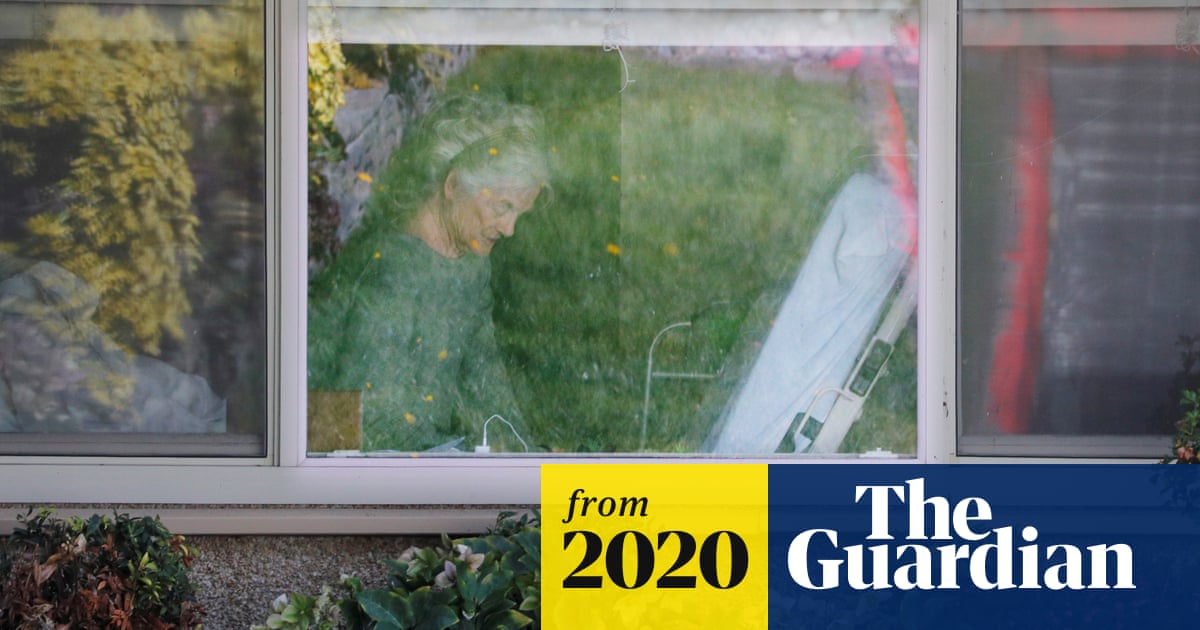Remember when we said COVID-19 has a funny way of “exposing the cracks” in all of our programs and systems?
Here’s a great example of that—albeit, an incredibly tragic one.
Nursing homes are rapidly becoming—if they aren’t already—the biggest breeding grounds for the virus. Major city and state outbreaks are easily traced back to residential care homes for seniors. It’s estimated that at least 2,300 nursing facilities have confirmed cases. Of 26,211 deaths, over 3,600 have been directly linked to nursing home exposure.
And that doesn’t include the deaths and infections that AREN’T being reported. Many health professionals believe the actual number of Coronavirus-related illness and death in care facilities is higher. But we’ll get to that.
Both residents and nursing staff are contracting the virus in very high numbers compared to other segments of the population—so much so that nursing homes and their practices are being scrutinized nationwide. Americans want to know why these medical facilities have become hotbeds for infection—and why their loved ones are at such risk.
While the Centers for Medicare and Medicaid Services launch a sweeping investigation of nursing facility illness control and prevention procedures, journalists are digging into some of the non-medical factors that may be making care homes the ideal vector for COVID-19.
What they’ve unearthed is a disturbing pattern of mismanagement, chronically underpaid, over-worked, and unequipped staff, lack of testing, and a dangerous lack of transparency between employers and their staff and states with the public.
Underpaid nursing staff are unable to risk their paychecks to stay at home, even when sick. In many cases, these workers have multiple jobs in order to pay their expenses. They work one shift in one care facility only to travel to another and care for a second set of residents in another location. Due to low wages, these workers expose each other and their residents to any number of communicable illnesses.
Nursing home staff are struggling to meet CDC guidelines without the proper protective equipment. In the case of a care home in Detroit—currently the subject of a SEIU complaint—staff claim they were denied access to basic protective gear, including masks, gloves, and gowns, only for the gear to magically appear shortly before a visit by Detroit health officials.
Perhaps worst of all is are allegations by staff that their employers are not making any effort to inform residents or employees when they’ve been exposed to the virus. Nursing staff in some facilities allege their employers were aware of positive tests within the facility and failed to alert them, causing them to go about their day potentially exposing those inside and outside of the home.
Compounding these allegations from individual nursing facilities is a larger problem with state reporting. Right now, our understanding of how many people become infected in care homes is shaky at best. The truth is we really have no idea how bad the situation is—our numbers very probably don’t reflect the actual number of infected or exposed people. Most states only report raw numbers—not any details about where or how the outbreak occurred.
Add to that the lag in Coronavirus testing and the absence of infection disclosure at the county level in some states, we are completely clueless as to the true risk these facilities pose and the severity of the infection. Without this vital communication and data, we can’t effectively quarantine these areas. And we can’t identify the communities that most need access to virus testing.





